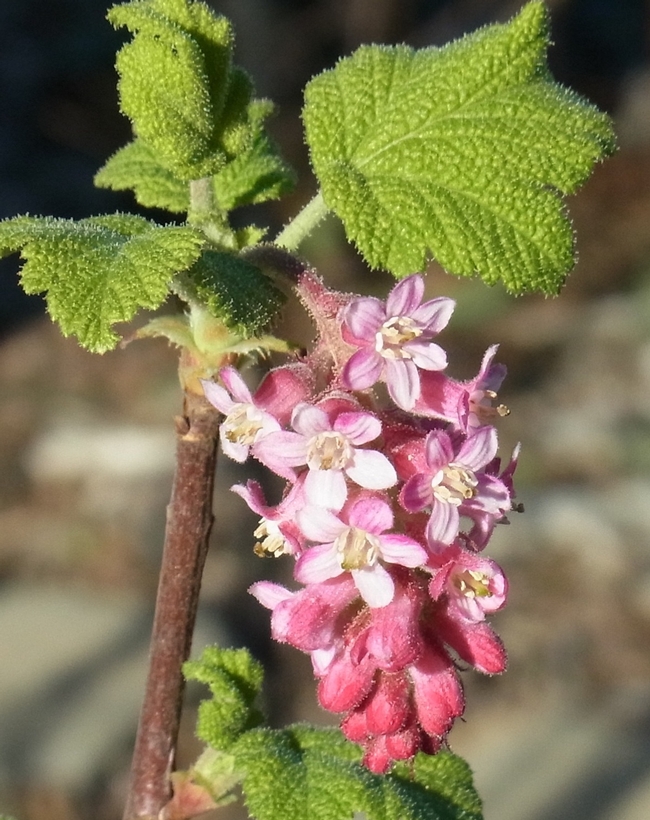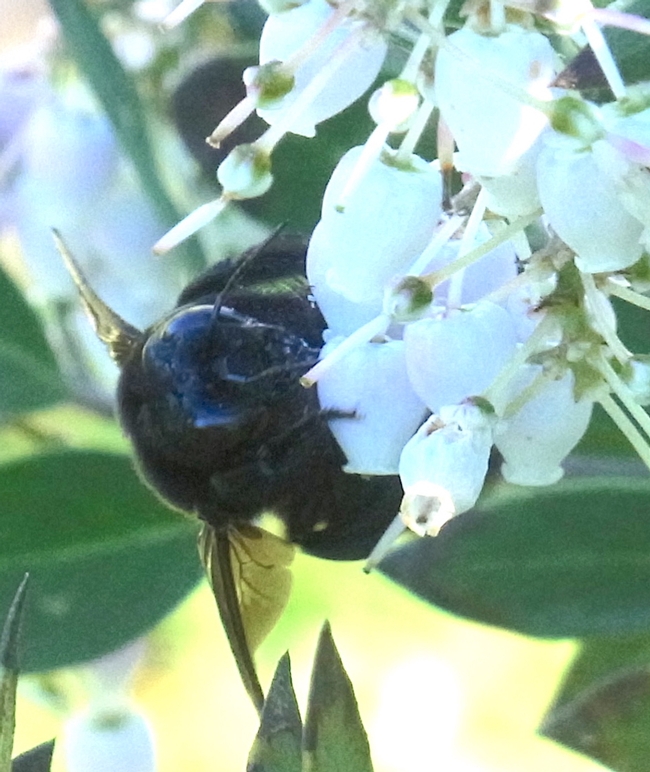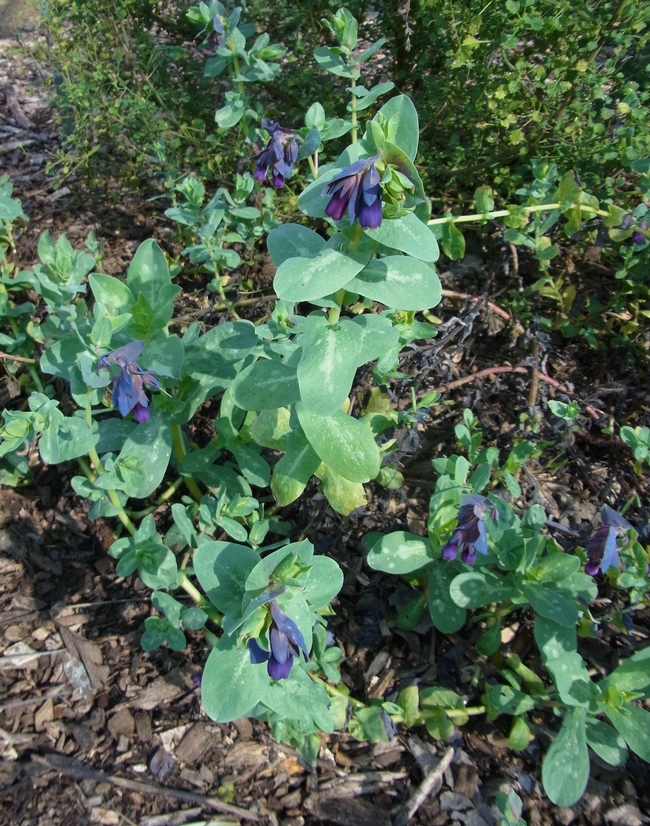One of the most popular The Bee Gardener posts to date was published on November 10, 2014 in honor of Veterans Day. Since that publication, we've added lots of red, white, and blue flowers to the Honey Bee Haven; beekeeping programs to help vets have proliferated as well. Today's post covers some of the additions.
Both bees and veterans work hard and make contributions that many of us take for granted. In recognition of their service, some agricultural and beekeeping organizations provide support to veterans who would like to make beekeeping their profession. These include:
USDA-ARS: Putting Honey Bees to Work for Veterans
Bee Veterans, based at the University of Minnesota's Bee Lab
West Virginia Veterans and Warriors to Agriculture
Facebook: Bees for Vets
A red,white, and blue bee garden is a great way to honor a vet. Although bees do not see red, they will use red flowers. The flower color 'blue' can be anything from a true blue to purple, while the color 'red' often includes orange and pink tones. A complete list of plants in the Honey Bee Haven, including information on water use and pollen and nectar resources, is here.
| Common Name | Color | Bloom time |
| Aster (many cultivars; see our post) | Blue | Fall |
| Bottlebrush | Red | Spring-summer-fall |
| Calamint | White | Spring-summer-fall |
| California buckwheat (see our post) | White | Summer-fall |
| California fuchsia | Red | Fall |
| Catmint (many cultivars) | Blue | Spring-summer-fall |
| Ceanothus (many species and cultivars; see our post) | Blue | Winter-spring |
| Coneflower 'Powwow White' | White | Summer |
| Honeywort | Blue | Winter-spring |
| Lavender (many species and cultivars) | Blue | Winter-spring-summer |
| Manzanita (many species and cultivars; see our post) | White | Winter |
| Russian sage (many cultivars) | Blue | Summer-fall |
| Texas ranger | Blue | Summer-fall |
| Toyon | White | Spring |
| Yarrow 'Calistoga' | White | Spring-summer |
Here are some of the red, white, and blue flowers you'll see at the Haven during the winter:


